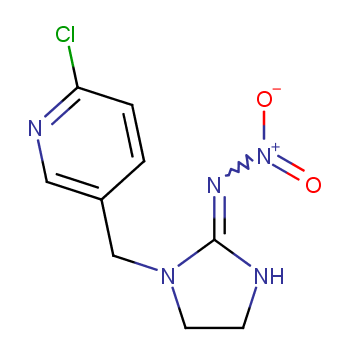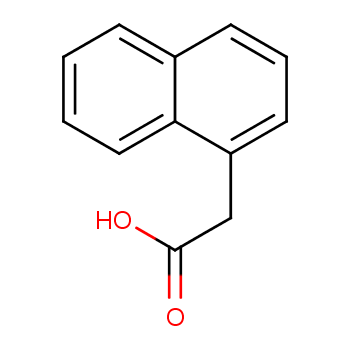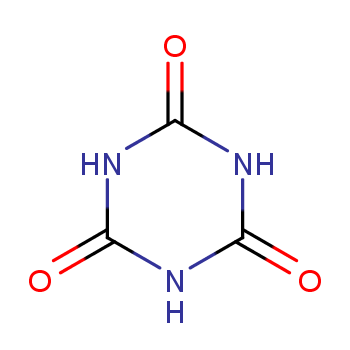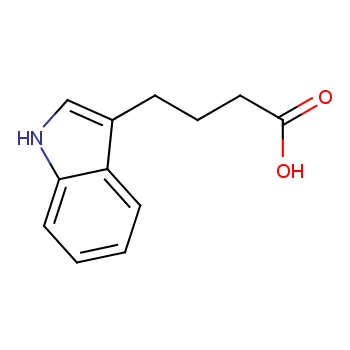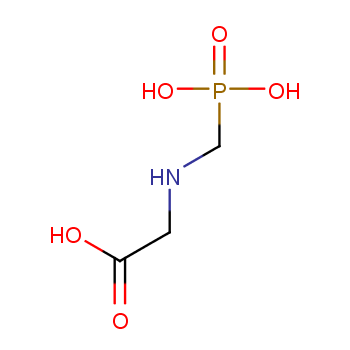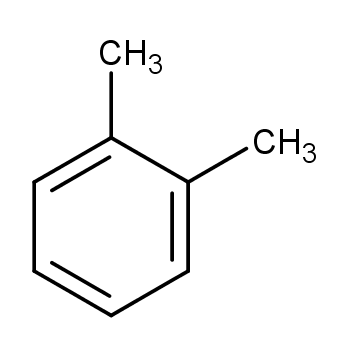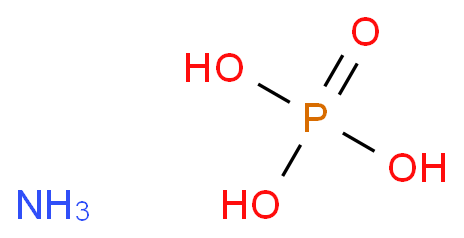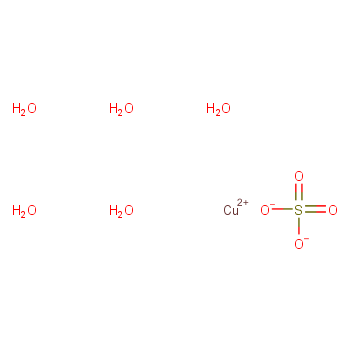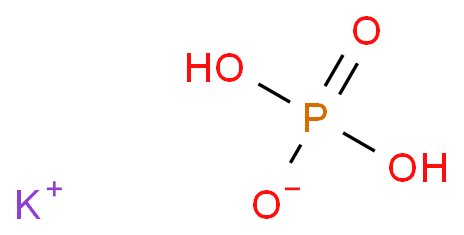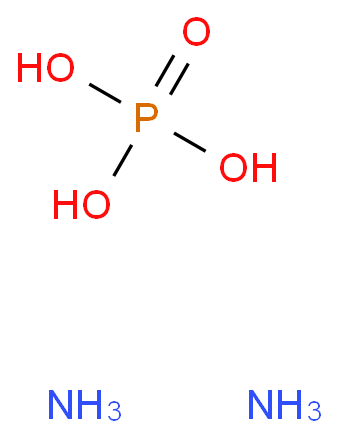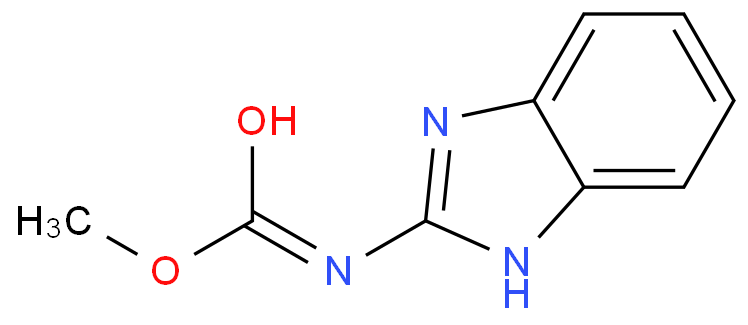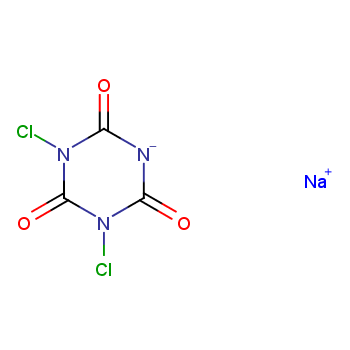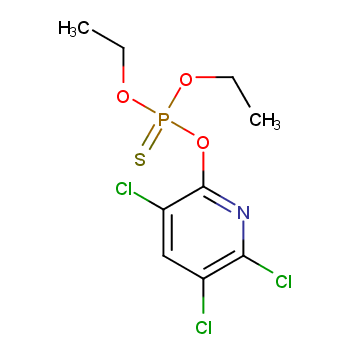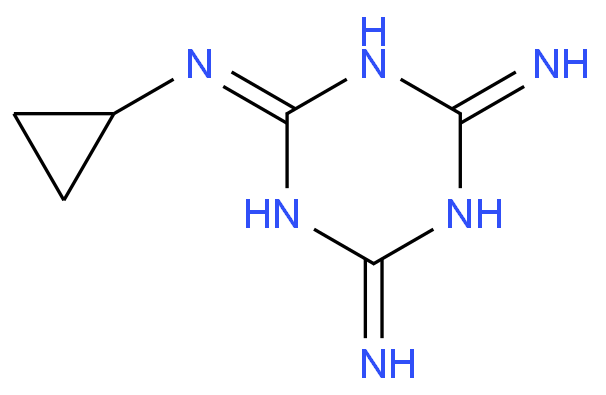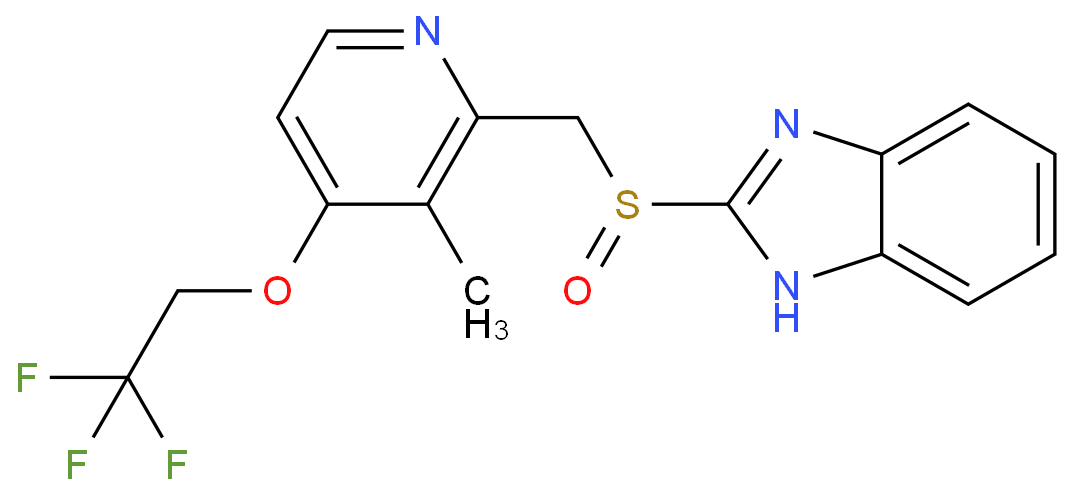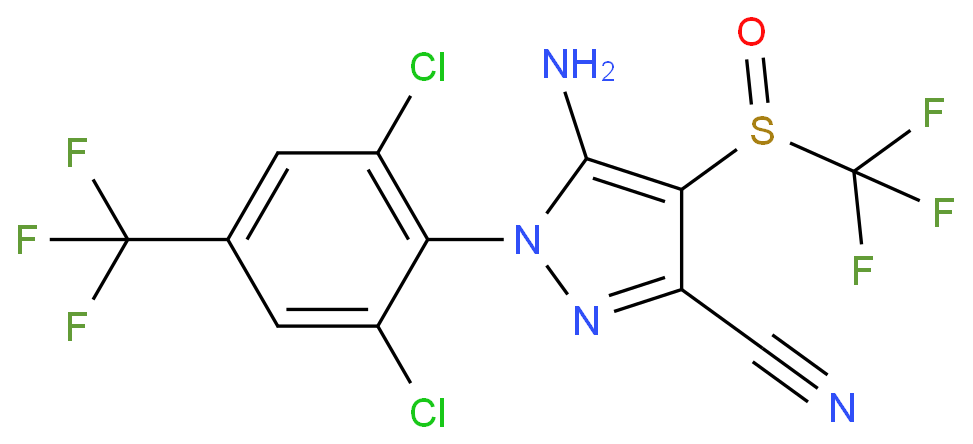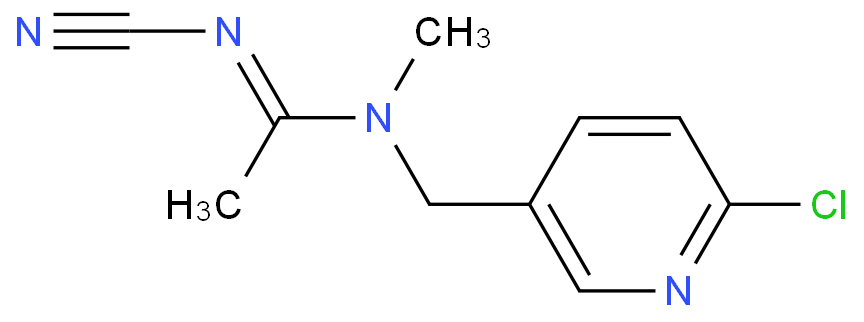Agrochemicals are chemicals used in farming to help produce food. They include fertilizers, pesticides, drugs for animals, and growth regulators. These chemicals are important for sustainable and fast agricultural development.
Agrochemicals Categories
It can be divided into three categories: chemical fertilizer, pesticide and agricultural film.
Chemical fertilizer, also known as chemical fertilizer, refers to fertilizers made by chemical and physical methods that contain nutrients needed for the growth of one or more crops. They are mainly used to improve soil fertility and increase crop yields. Common fertilizers are nitrogen and phosphorus fertilizers.
Pesticide refers to the protection of the healthy growth of crops, the use of germicidal and insecticidal products.
Agricultural film is mainly used for mulching cultivation, which plays an important role in the production of off-season products.
Usage of Agrochemicals Products
These three kinds of agrochemicals will cause certain pollution to the environment. The extensive use of chemical fertilizer pollutes the soil and changes the acidity and alkalinity of the soil, and the chemical fertilizer flows into the groundwater through the surface runoff, which pollutes the lakes, rivers and so on.
Although pesticides play an active role in the process of crop production, pesticide residues are also harmful to people's health. The molecular composition of agricultural film is very stable and difficult to degrade, which leads to too much plastic residue and serious environmental pollution.
Precautions for Agrochemicals use
Increase the Dissemination of Scientific Knowledge on Agrochemical Use:
It's essential to educate farmers about the proper and judicious use of agrochemicals. This includes information on application rates, timing, and potential environmental and health impacts. Disseminating scientific knowledge empowers farmers to make informed decisions and apply chemicals effectively.
Strengthen Prediction of Diseases and Insect Pests:
Utilizing advanced technologies such as remote sensing, data analytics, and predictive modeling can help anticipate disease and pest outbreaks. Early detection enables targeted interventions, reducing the need for excessive chemical use while maintaining crop health.
Research on New Agricultural Chemicals:
Investing in research for innovative agrochemicals is essential. This includes developing pesticides that are more selective, have lower environmental impact, and are less harmful to non-target organisms. Additionally, exploring biopesticides and natural alternatives can provide sustainable options.
Introduce and Popularize New Technologies:
Introducing precision agriculture technologies can lead to more efficient chemical use. Techniques like GPS-guided equipment, drone surveillance, and sensor-based applications allow farmers to apply chemicals only where and when needed, minimizing waste and negative consequences.
Perfecting the Legal System and Strengthening Market Monitoring:
Regulations should ensure that agrochemicals entering the market are rigorously tested for safety and efficacy. Regular monitoring of the market can identify counterfeit or substandard products, preventing potential harm to crops, consumers, and the environment. Penalties for non-compliance can act as deterrents.
.more+


